|
First, I want to thank the Qualcomm Ventures team for inviting me to be a part of this amazing group of entrepreneurs, thought leaders, and innovators. The Edge AI Summit was among the best I have attended, and the hospitality of Qualcomm Ventures and the content were excellent and above board. The summit kicked off with a nice outside lunch in beautiful San Carlos, CA at The Alexandria and ended with an amazing dinner and drinks accompanied by a string assemble with beautiful, relaxing music. Now let’s jump into the summit highlights. Quinn Li, Senior Vice President and Global Head of Qualcomm Ventures, kicked off the event with a nice welcome message and set the stage for the overall theme, “Edge AI.” Bringing real-time data intelligence and insights for real-world industry solutions is vital, and artificial intelligence, learning models, algorithms, infrastructure, and security go hand-in-hand with the advancements and innovation. A range of early-stage and emerging companies that are partners and participants with Qualcomm Ventures are taking AI to the next level to apply to the enterprise and support adoption. Whether on-premise, on device, or at the point of data collection, AI is coming fast and Qualcomm Ventures will be leading and investing in the most innovative solutions in edge AI. One of the top highlights, was the fireside chat with Durga Malladi (SVP & GM, Technology Planning & Edge Solutions, Qualcomm Technologies, Inc.) and Jim McGregor (Tirias Research), “Enabling On-Device AI.” The discussion focused on Qualcomm’s overall vision in AI. AI has been around since the 1950s and this past 18 months has shown good potential around generative AI in the most simplistic form. AI is primarily about intelligently connecting everything with the emerging use cases evolving around running generative AI on the device. Some of the use cases include voice and speech interaction, smartphones/laptops XR, advancements in consumer devices, and digital experiences in automotive. The convergence of communication and processing, while extracting meaning from it, gives rise to today’s AI and edge AI is an important component. AI and the processing of information is expected to run at an increasing rate purely on the device and not connected to the cloud. Inference training is happening at edge of the network, with action shifting from the cloud to a distributed manner or using a distributed architecture. With advancements in technology, large learning models are happening on the device and low power, efficient processing is supporting this trend. Qualcomm shares, “There is already a growing wave of sub-10 billion parameter large language models (LLMs), automatic speech recognition (ASR) models, programming models and language vision models (LVMs) that provide useful outputs covering a broad set of use cases.” As we move towards 5 to 10 billion parameter models on a device, the industry is building use cases with large language models (and other models) running on the device itself. The week of October 23rd was also the Snapdragon Summit, where Durga shared a couple of AI insights and “The Art of the Possible.” In addition to the increase in billions of parameters, Qualcomm also shared a range of companies (and their apps) and developer relationships to get us there including Google, LLaMA, and Hugging Face making sure all can run on Qualcomm devices. In addition, Qualcomm is focused on solutions to curate the model to make sure it runs efficiently on the device with proper compression, and not losing the sense of the model to retain accuracy. More developer tools will be made available to make sure the industry can ingest any model while also paying attention to the KPIs. Other key highlights include:
A More "Humane" AI was presented by Bethany Bongiorno, Co-founder and CEO of Humane and Imran Chaudhri, Co-founder and President of Humane. The leadership team formerly worked at Apple and decided to branch out and started their push into AI in 2019. Humane has 250+ employees working in San Francisco, New York, and in remote locations. Bethany and Imran presented on personal mobile computing and how it is driven by AI. They stated the slowdown in smartphone sales, and the OEMs are now looking for new areas of growth. They believe the future is NOT on your face. The future is the dynamic and contextual smartphone. Their unique technology brings the contextual computer and AI platform into an all-in-one phone, and stated they will be launching over the next few weeks. Imran and Bethany reference their TED talk where they share details around the role of contextual compute, a screenless, senseless, wearable device (on lapel) that uses gesture control. In fact, Naomi Campbell wore the device on the runway (reference article) at Paris Fashion Week in September. Their soon to be launched Humane Ai PIN is Humane’s first product and is a small form factor that resembles the “face” of a smartwatch but is worn or pinned to your clothing. The product is set to debut on November 9th. Next up was a fireside chat between Quinn Li and Tomer Weingarten, the Co-founder and CEO of SentinelOne. SentinelOne’s primary focus is based on the role of AI based security. SentinelOne shares they provide, “The First Security AI Platform to Protect the Entire Enterprise.” They leverage multi-modal AI learning that is predictive and integrated as the system should know what to do without asking. The solution is also aimed to know security risks before humans. The industry is shifting beyond the physical, and cracking integrated algorithms requires accuracy that we are missing today, shares Tomer. SentinelOne is pointing to very specific tasks and narrowing the scope as contextual AI is smart enough to figure out how to respond and predict. Tomer also shares that data sets are important as monitoring devices that ingest mass amounts of data, and even petabytes into the cloud is required to provide visibility and protection. SentinelOne has experienced 100% revenue growth in the last years reaching $1B annual recurring revenue (ARR). There were also two panels at the summit including one on AI infrastructure and one on warehouse automation. First, let’s share the highlights of the AI infrastructure panel titled, “AI Developer Tools & Infrastructure.” This panel was joined by Luis Ceze, theCo-founder and CEO of OctoML and Gourab De, Vice President of Weights & Biases. The panelists shared that some AI is disappearing because it is now part of the system i.e. decision trees, machine vision. In addition, compute cycles are being optimized for machine learning engineers and developers. Developers are now building products around the model, including uX ,and this means infrastructure needs to change fast with inferencing becoming more compute hungry and in real-time. Weights and Biases is using computer vision models to train the model faster, while collaborating with machine learning engineers and others. Generative AI requires new interactions and thought leadership including researchers, linguists, product managers and others. Some want to see things visually and prompt monitoring may need to be more visual and interactive. OctoML uses DeepAI while scaling, tuning, and running models in the cloud. AI developers require smarter tools and infrastructure to support large data sets, including media generation. “OctoML makes AI more sustainable through efficient model execution and automation to scale services and reduce engineering burden.” The second panel focused on Warehouse Automation and was the one that I personally had the privilege to moderate and participate in. Panelists included Arshan Poursohi, Co-founder & CEO of Thirdwave Automation, Lior Elazary, Founder and CEO of inVia Robotics, and Marcus Hehn, Co-founder and CTO of Verity. This session focused on robotics, autonomous systems, and drone technology used for supply chain management (SCM), inventory management, logistics, and warehouse operations. This session started out focusing on the industry challenges including visibility, real-time asset intelligence, and overall tracking and monitoring for optimal delivery of products and goods to the end customer. There are changing dynamics with companies like Amazon and others providing more customized and personalized customer experiences. This changing dynamic places greater need to leverage automation to manage inventory and assets. The panelists also shared insights on how machines and humans are working collaboratively. While robots and robotic systems can assist in repetitive and mundane warehouse operations, humans will have oversight and need to be trained to manage these systems. In addition, humans and machines will work together and education is important. Advancements in robotics and drone technologies, along with data intelligence gathering from these systems, is also giving rise to the acceptance in warehousing operations. The use of AI at the edge or data collection point is bringing real-time intelligence to many actionable insights specific to the products, inventory items, and delivery processes. The future of AI and the use with robotics, drones, and autonomous systems will revolve around data intelligence, machine vision, smart cameras, and large language model training. Two additional sessions including Deploying AI On Device presented by Krishna Sridhar, Co-Founder and CEO of Tetra and the fireside chat with Rahul Singh, the Co-founder and Vice President of Engineering at ideaForge provided additional insights around on-device AI and drone (UAS) mapping, security, and surveillance. In addition to the fireside chats, panels, and presentations, the summit also included fast-round “pitches” or quick insight sharing from the following companies:
Final Thoughts from Stephanie
The summit was hard-hitting, extremely insightful, and showcased a range of companies innovating and launching the next wave of technologies in Edge AI and enterprise automation. I find that the venture and young company competition events can be the best events to learn and open your mind to the “what’s next.” While my background is centered around technology, logistics, and automation, the wrapping of all three of these areas with advancements in AI is exciting and the industry will need to get it “right.” AI is extremely over-hyped and I evaluate the industry with caution. While generative AI overall has been targeted as being “free” and more consumer focused, the real opportunity lies around AI on device and AI in the enterprise. Just as with IoT and edge computing, it will be the AI solutions that address enterprise operations and provide true value that will win in the end. Value proposition, use case reliability, and industry-specific applications will be vital to bring AI to the “Art of the Possible.” Prepared and Written By: Stephanie Atkinson of Compass Intelligence |
Inside MobileCovering hot topics in the industry, new research, trends, and event coverage. Categories
All
|
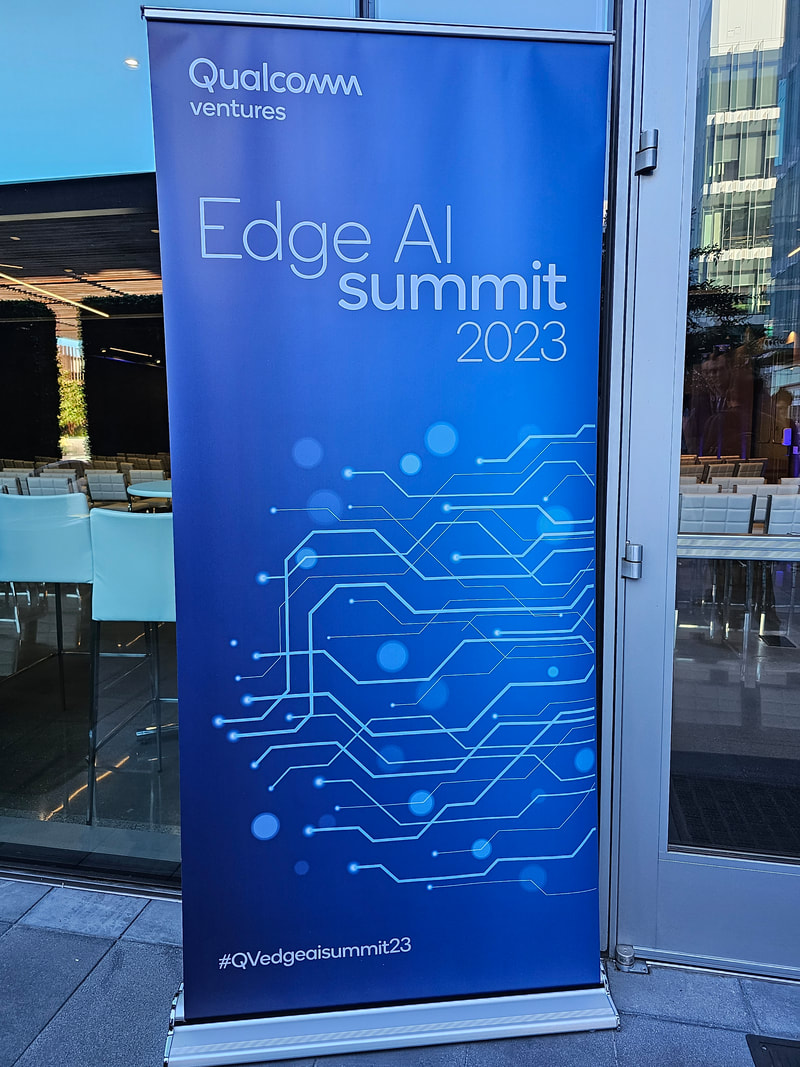
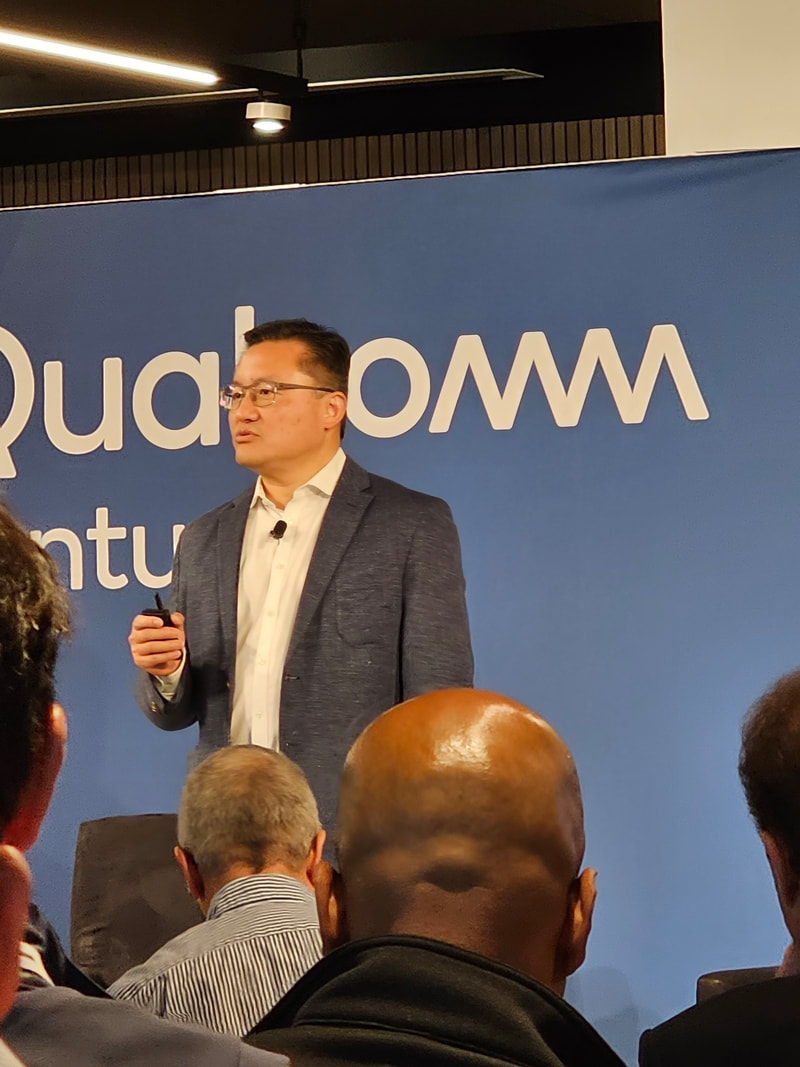
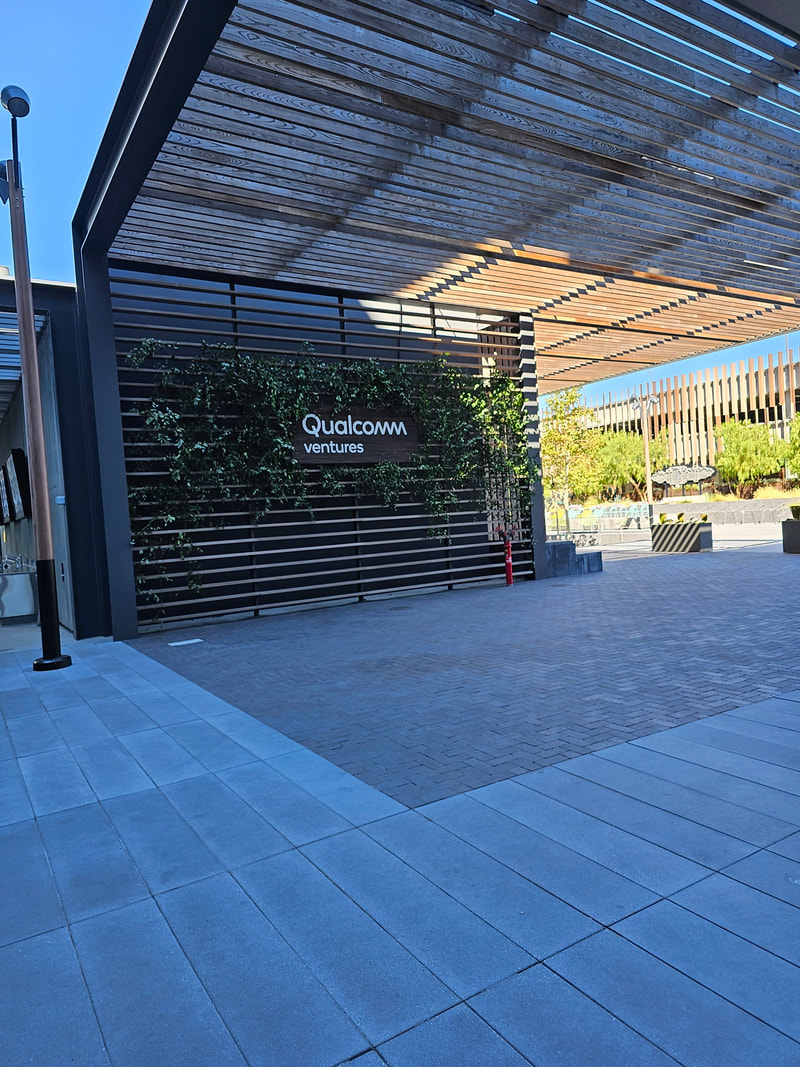


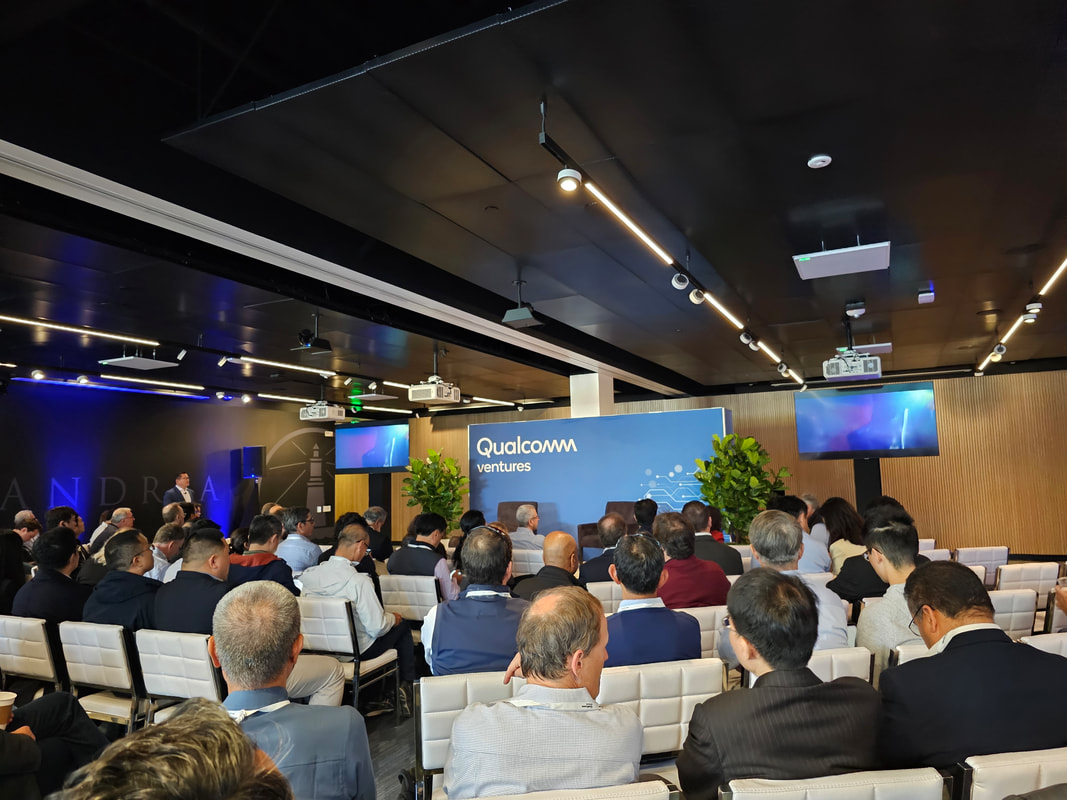
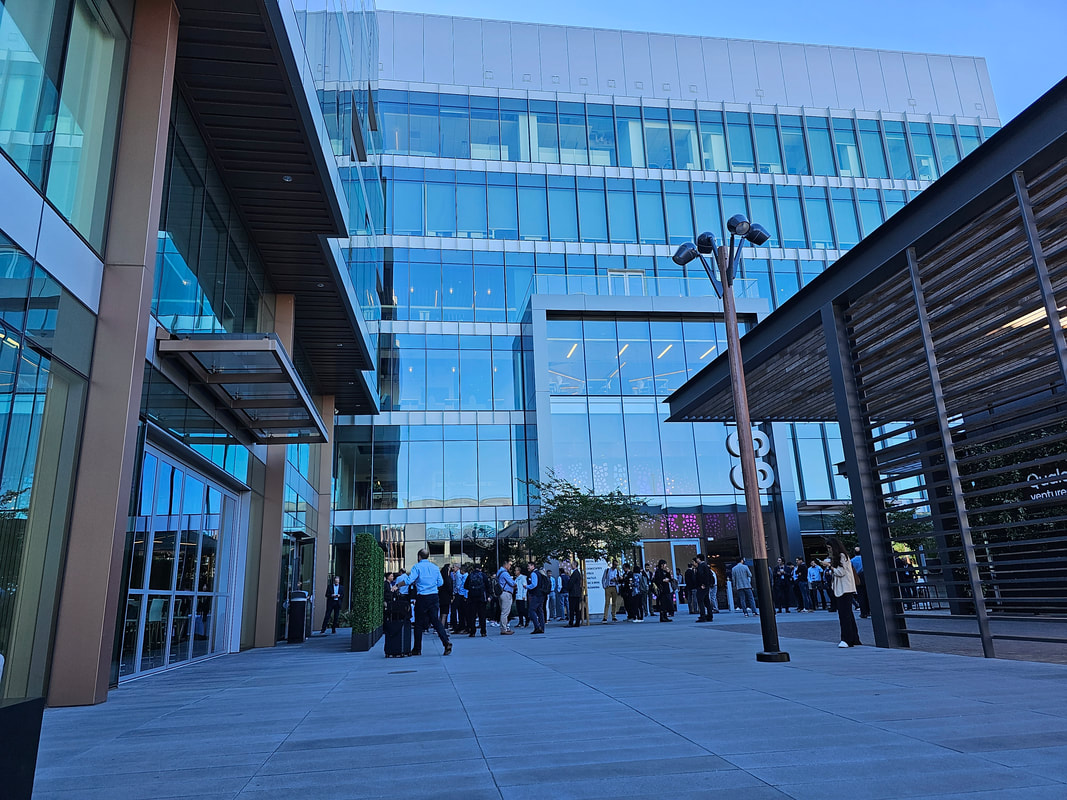
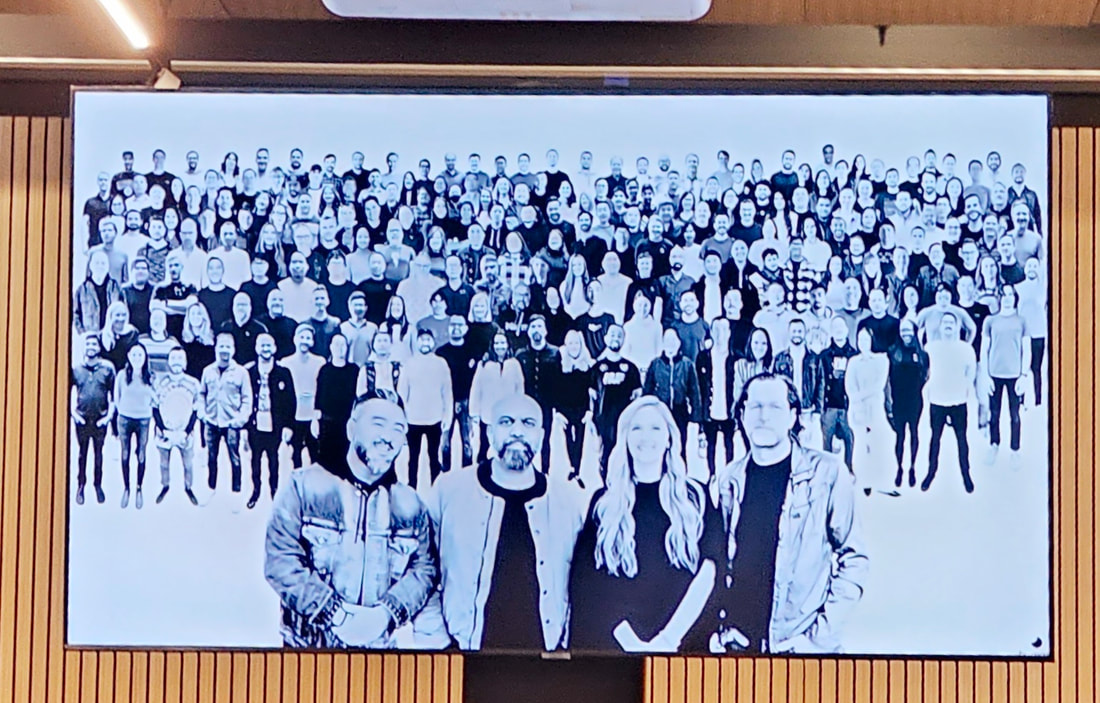
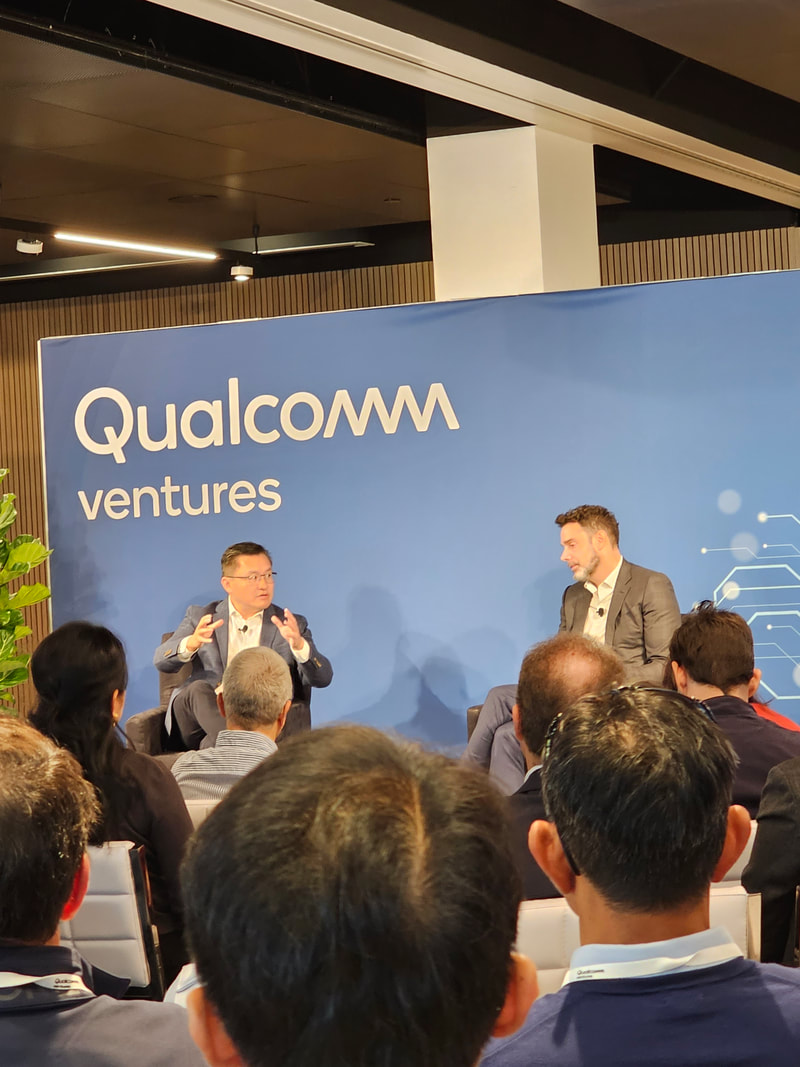
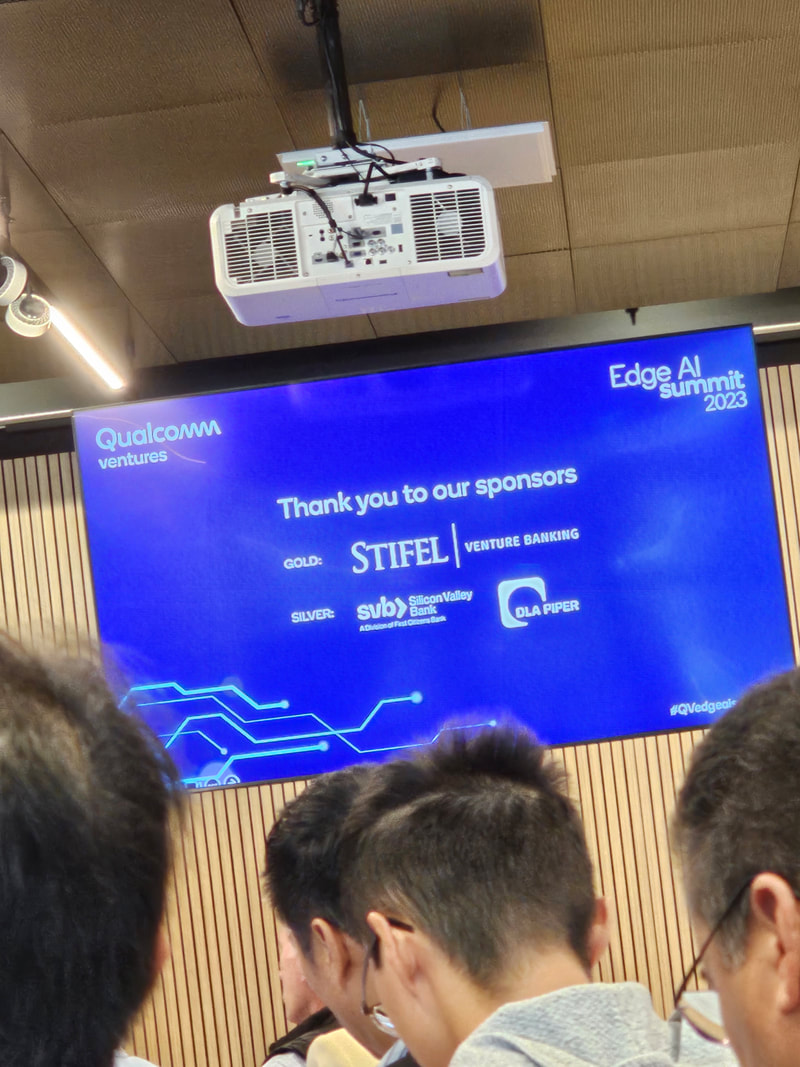
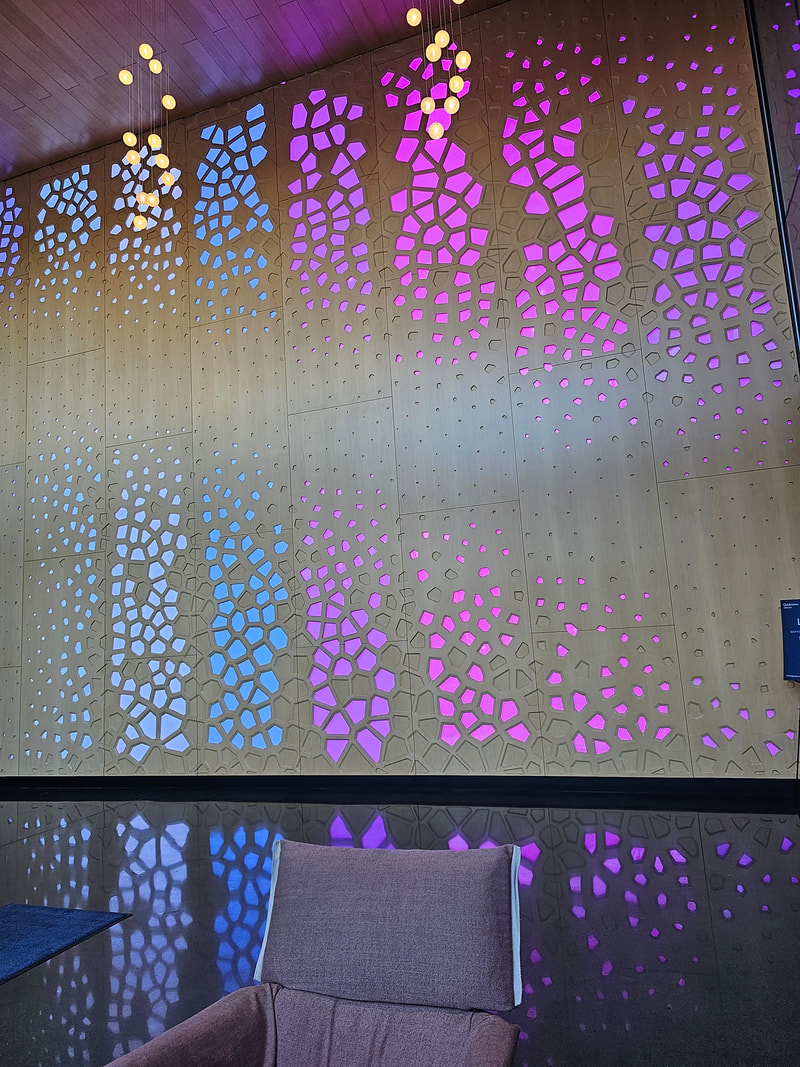
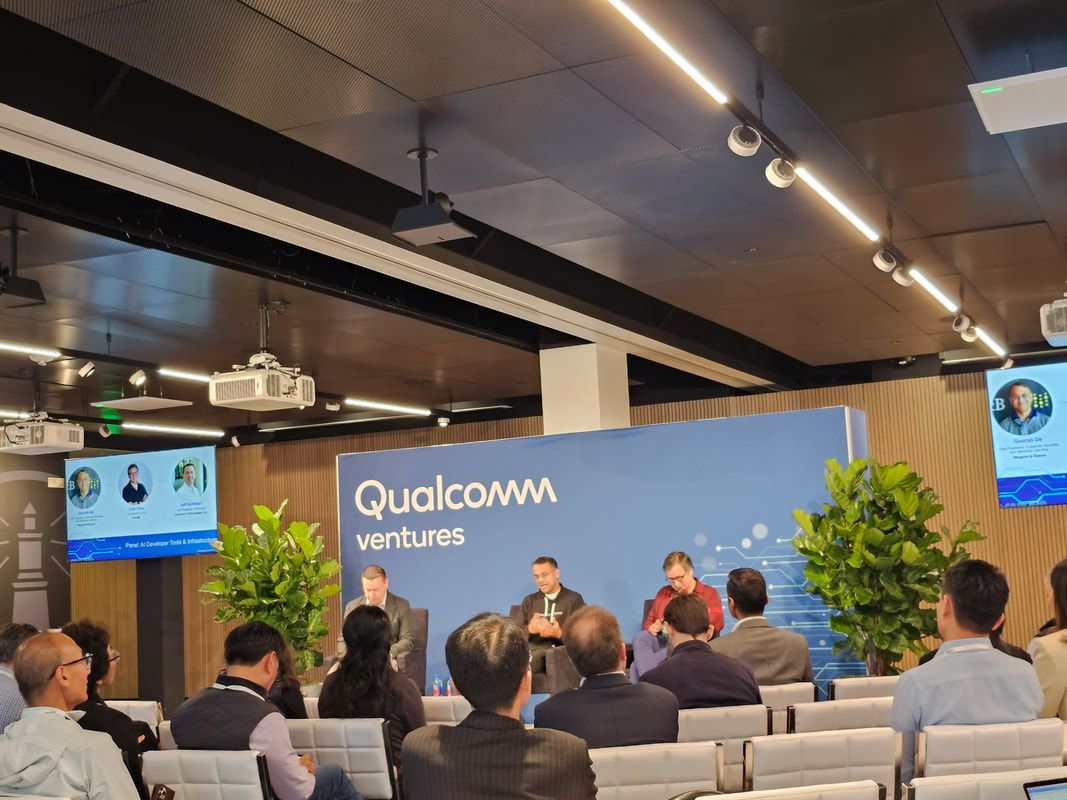
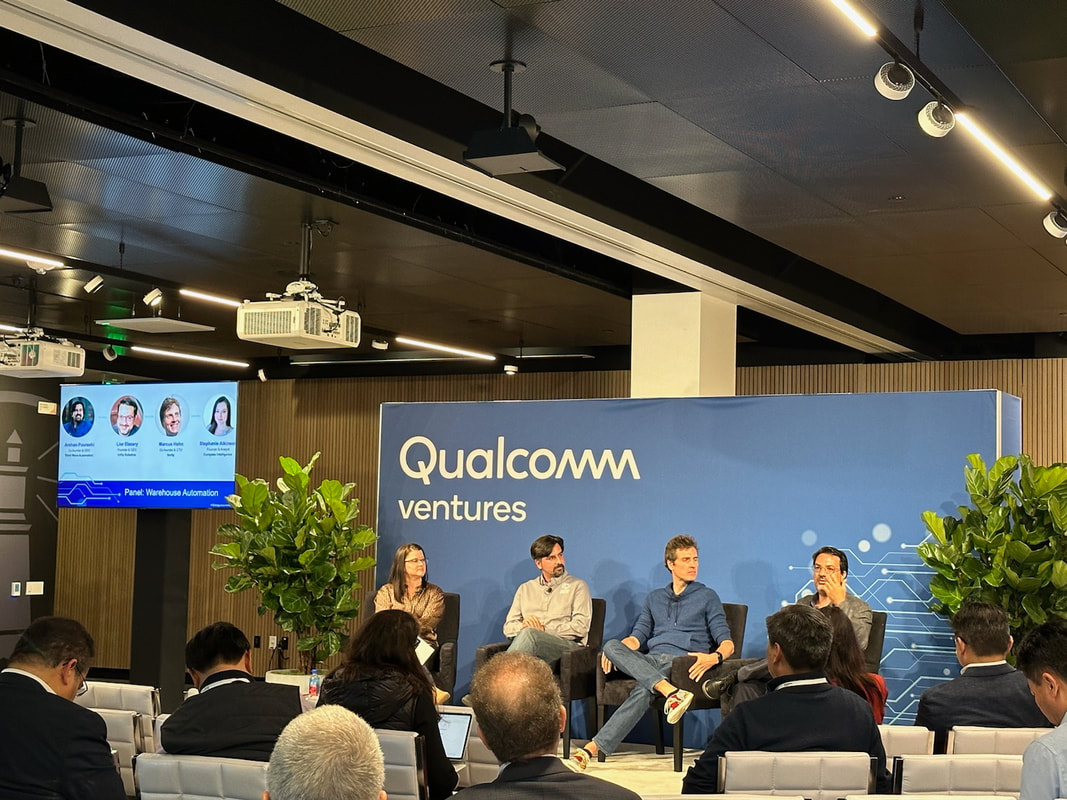
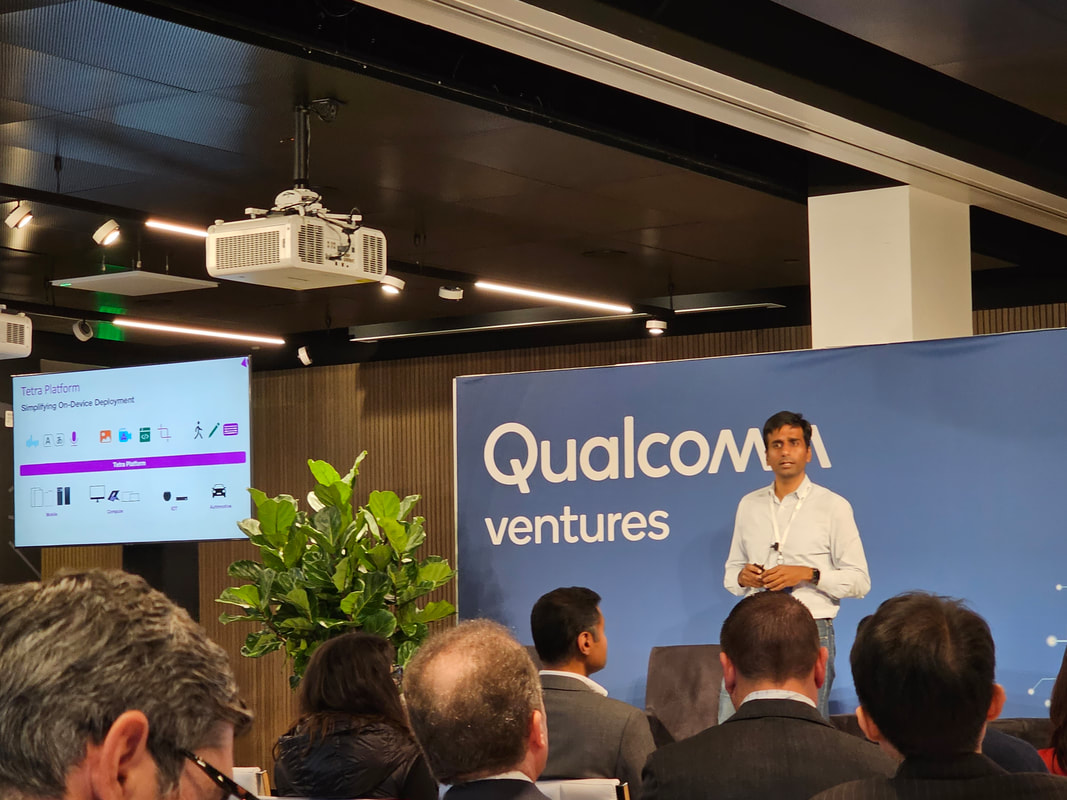
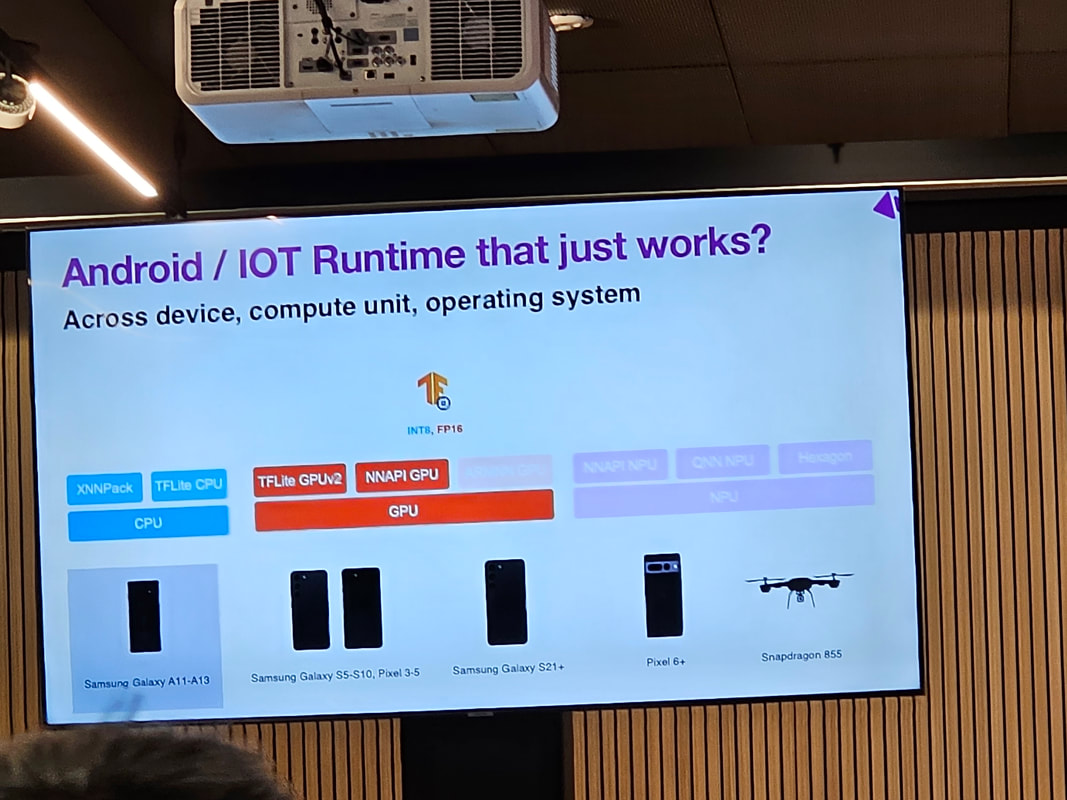

 RSS Feed
RSS Feed
